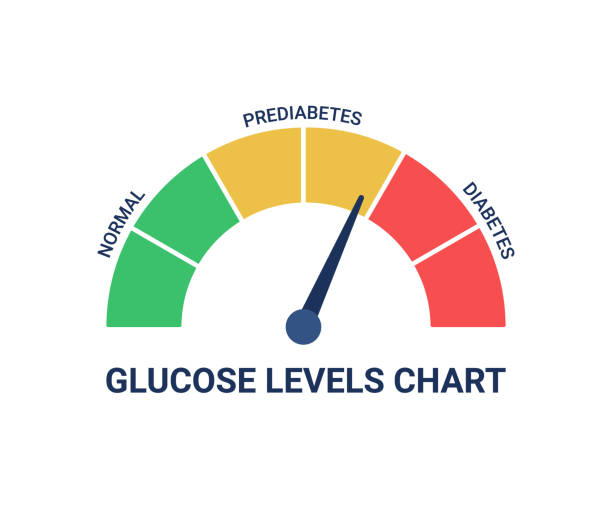In today's fast-paced world, maintaining stable blood sugar levels is crucial for overall health and well-being. Fluctuations in blood sugar can lead to a myriad of health issues, including diabetes, weight gain, and energy crashes. Adopting a low-glycemic lifestyle can help keep blood sugar levels in check and promote long-term health. In this article, we'll explore what low-glycemic living entails and provide practical tips for incorporating it into your daily routine.
Understanding the Glycemic Index:
The glycemic index (GI) is a scale that ranks carbohydrates based on how quickly they raise blood sugar levels after consumption. Foods with a high GI are rapidly digested and absorbed, causing a spike in blood sugar, followed by a crash. On the other hand, low-GI foods are digested more slowly, resulting in a gradual and steady increase in blood sugar levels.
Choosing Low-Glycemic Foods:
The key to low-glycemic living is to prioritize foods that have a low GI. These include non-starchy vegetables, legumes, nuts, seeds, whole grains, and lean proteins. Incorporating these foods into your diet can help stabilize blood sugar levels and promote satiety, reducing the likelihood of overeating.
Here are some examples of low-GI foods to include in your meals:
- Vegetables: Leafy greens, broccoli, cauliflower, bell peppers, and cucumbers.
- Legumes: Lentils, chickpeas, black beans, and kidney beans.
- Whole grains: Quinoa, barley, oats, and brown rice.
- Nuts and seeds: Almonds, walnuts, chia seeds, and flaxseeds.
- Lean proteins: Chicken, turkey, fish, tofu, and tempeh.
In addition to choosing low-GI foods, it's essential to pay attention to portion sizes and avoid processed and refined carbohydrates, such as white bread, sugary snacks, and sugary beverages, which have a high GI and can wreak havoc on blood sugar levels.
Balancing Macronutrients: Incorporating a balance of carbohydrates, protein, and healthy fats into each meal can further help stabilize blood sugar levels. Protein and fat slow down the digestion and absorption of carbohydrates, preventing rapid spikes in blood sugar.
Here are some tips for balancing macronutrients:
- Include a source of protein in each meal and snack, such as lean meats, fish, tofu, or Greek yogurt.
- Incorporate healthy fats, such as avocados, olive oil, nuts, and seeds, into your meals.
- Pair carbohydrates with protein and/or fat to slow down their absorption and minimize blood sugar spikes.
Practical Tips for Low-Glycemic Living: In addition to choosing low-GI foods and balancing macronutrients, here are some practical tips for incorporating low-glycemic living into your daily routine:
- Read food labels and choose products with whole food ingredients and minimal added sugars.
- Plan your meals and snacks ahead of time to avoid relying on convenient but unhealthy options.
- Cook at home using fresh, whole ingredients whenever possible, rather than relying on processed foods.
- Opt for cooking methods such as steaming, baking, grilling, or sautéing, which retain the nutritional integrity of foods.
- Stay hydrated by drinking plenty of water throughout the day, as dehydration can affect blood sugar levels.
- Incorporate physical activity into your daily routine, as exercise can help improve insulin sensitivity and regulate blood sugar levels.

Conclusion:
Low-glycemic living offers numerous health benefits, including better blood sugar control, increased energy levels, and improved overall health. By prioritizing low-GI foods, balancing macronutrients, and making healthy lifestyle choices, you can stabilize your blood sugar levels and promote long-term well-being. Start incorporating these tips into your daily routine today to reap the rewards of low-glycemic living.






0 Comments